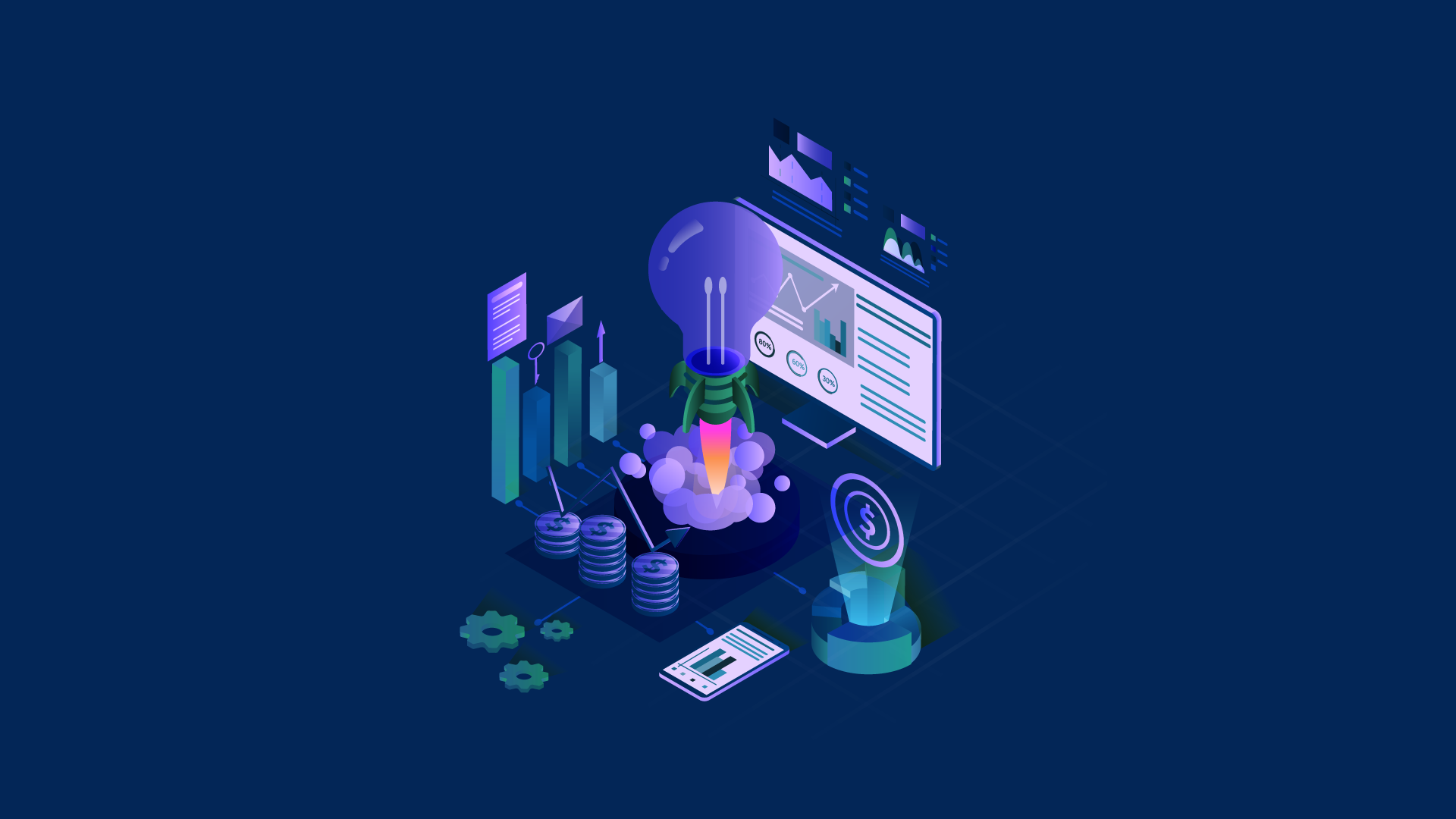Digital commerce is a relatively new field that covers all business activities that use the internet. It includes ecommerce and m-commerce (mobile commerce) for online transactions, as well as digital marketing, online banking, and online stock trading, among other activities.
The main benefit of digital commerce is that it enables consumers to purchase items without having to go to a physical store.
Digital commerce relies on the internet to work, but it’s not the same as e-commerce. Ecommerce is just a small part of digital commerce.
Digital commerce is different from ecommerce because in addition to online transactions it includes several other services and products such as online banking, stock trading, and job searches.
These services are also referred to as e-businesses or electronic businesses. Some of the world’s biggest digital commerce companies include Google, Yahoo, and Facebook, which are not ecommerce companies.
What is a Digital commerce?
Digital commerce enables customers to purchase goods and services through an interactive and self-service experience.
We have compiled the top 10 trends that will impact the future of digital commerce:
1. Thing Commerce
Billions of connected devices will gain the ability to make purchases for their human owners, a trend known as thing commerce. Connected machines such as home appliances and industrial equipment can communicate with shops and make purchases on behalf of their owners.
The primary benefit of this trend is that people will spend less time shopping and more time doing other activities.
Though this trend is exciting, it is still in the early stages. Many organizations are still focused on growing their basic commerce channels like websites and mobile apps.
2. Visual Commerce
Visual commerce enables users to interact with a brand’s products visually. Visual commerce overlaps with social media and mobile. The idea is to use social media channels as a way to present products, as well as to drive sales.
Visual commerce is growing in popularity because it increases the chances of conversion, as well as sharing among friends. This can be seen on Instagram, for example, which lets users tag products in their images and share them with followers.
Visual commerce technology includes content forms like 360-degree video, 2D and 3D configuration, visual search, augmented reality (AR), and virtual reality (VR).
3. Subscription Commerce
Subscription ecommerce is about encouraging recurring sales by offering some type of incentive for the consumer. For example, you could charge a customer a set fee once per month or once per year for access to content or additional features, or you could use subscription commerce to sell a product on a recurring basis (toilet paper, coffee pods, etc.).
Subscription commerce also allows companies to build long-term relationships with consumers and gain valuable insights into how they shop and what they need.
By 2023, 75% of organizations selling direct to consumers will offer subscription services, but only 20% will succeed in increasing customer retention.
4. User Experience Personalization
63% of consumers expect businesses to know their unique needs and expectations, while 76% of B2B buyers expect the same thing. (Salesforce Research)
Personalization refers to the display of content to consumers in a way that is customized to meet their individual needs and preferences.
Many opportunities exist for personalization throughout the consumer journey, such as on landing pages, search engines, product recommendation engines, advertisements, and offers.
Personalization can achieve objectives such as increased conversion rates, increased engagement times on-site, increased repeat visits by specific consumer groups, increased loyalty toward brands and products, and improved customer satisfaction.
5. Trust and Privacy
While consumers are comfortable sharing data in exchange for a personalized experience, they’re also increasingly concerned about how their data is being used.
According to a study from Security Magazine, nearly three-quarters (72%) of Americans say they are “very concerned” to “extremely concerned” about their online privacy. This is one of the main reasons that people abandon online shopping carts.
Building a trusted customer relationship starts with protecting customer privacy. Think about how to build trusted customer relations beyond being compliant.
6. Unified Commerce
Unified commerce is the new way of doing business. It’s a seamless cross-channel shopping experience that empowers customers to buy whenever, wherever, and however, they want.
A unified commerce platform allows businesses to run all of their activities under one single system that’s integrated with all of their digital channels (mobile app, website, etc.) and offline channels (brick-and-mortar stores).
Retailers need such solutions because customers don’t care about digital-physical distinctions when interacting with brands; they want a seamless.
7. Artificial Intelligence
Artificial intelligence (AI) is a game-changer for eCommerce. It’s a technology that is expected to completely transform business operations in the near future.
AI applies advanced analysis and logic-based techniques, including machine learning, to interpret events, support and automate decisions, and take actions.
Retailers are using AI to supplement their workforce, improve customer service, and innovate new products and services. Retailers also use AI to power chatbots that automate conversations with customers and streamline processes like order confirmations or product recommendations.
8. Application Programming Interface (API)-based commerce
Ecommerce companies are also using APIs to make it easier for brands to connect with customers through advertising, social media, and mobile apps.
APIs are designed to help software applications communicate with each other. For example, an API can help ecommerce businesses integrate their inventory management system with their sales channels so they can easily sell on Amazon or eBay.
APIs improve flexibility and agility in supporting new customer experiences, business models, and ecosystem partners.
9. Customer Analytics
Customer analytics is another area where retailers are investing in technology. Analytics tools collect data about what customers do online and offline, then they analyze that data to gain insights into customer behavior.
This makes it easier for ecommerce businesses to personalize their marketing messages and increase conversion rates.
Given the large amounts of data processed by digital commerce platforms and the transient window of opportunity to convert shoppers, customer analytics plays a critical role in digital commerce.
44% of enterprises are acquiring more new customers and increasing ROI (ie. optimizing their sales funnel) by adopting and integrating customer analytics operations.
10. Enterprise Marketplace
A marketplace can be a sales channel that companies use to generate leads, market products, or sell directly to consumers. Enterprise marketplace platforms like Shopify Plus make it easy for retailers to grow their business online by allowing them to create an online.
Takeaway
The trends are important to factor into your business idea. To be competitive in the market, you need to be mindful of the digital ecommerce landscape.
If you are looking to start a dropshipping business or looking for a guide to start a blog, these insights are great to keep in mind and apply to your business.






